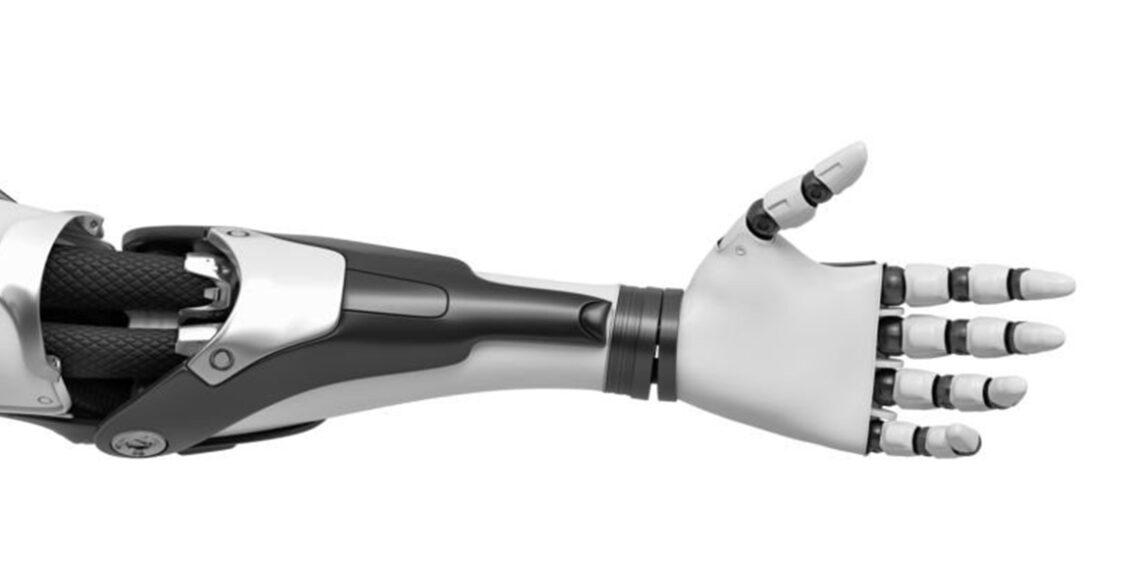Beijing: Researchers from Shanghai Jiao Tong University have unveiled a groundbreaking robotic hand capable of human-like palm-finger coordination, a significant leap forward in robotics.
This advanced system can grasp objects with exceptional stability, “feel” their 3D contours, and distinguish between different materials, offering new possibilities for robotics in precision tasks.
While soft robotic hands with sensory abilities have shown promise, most previous designs focused primarily on finger sensitivity, often neglecting the palm’s critical role in manipulation.
The palm, providing essential mechanical support and sensory feedback, has remained underexplored due to limitations in sensing density and interaction with the fingers.
The Shanghai Jiao Tong University team overcame these challenges by developing a fully integrated system where both the palm and fingers work together seamlessly, achieving unprecedented levels of sensitivity and control.
Key to this breakthrough are three innovative features: a high-resolution tactile palm with 181,000 sensing units per square centimetre (754 times more sensitive than human skin), highly flexible fingers that can bend up to 204.3 degrees, and advanced coordination algorithms enabling flawless interaction between the palm and fingers.
The palm incorporates a sophisticated visual-tactile system that combines micro-cameras and multi-layer elastic sensors, while the fiber-reinforced pneumatic fingers provide both strength and delicacy with a grasping force of 14.6 newtons.
This integrated system allows the robotic hand to perform a wide range of tasks with impressive human-like dexterity.
Demonstrations have showcased its ability to retrieve cards with precision, detect microscopic flaws in fabrics, and pour tea while adjusting its grip to prevent spills.
ALSO READ: Chaos erupts in Tripura Assembly over minister’s alleged ‘racist’ remark
AI technology further enhances the system, improving object recognition and performance.
In blind tests, the robotic hand demonstrated exceptional accuracy in identifying and retrieving specific items from opaque bags filled with assorted objects, achieving an overall recognition accuracy of 88 percent and a perfect score for certain objects like sunflower seeds.
“We believe this fusion of rich palm tactile sensing and soft, dexterous fingers could revolutionize interactive robotic operations,” the researchers stated.
The study has been published in Nature Communications.















